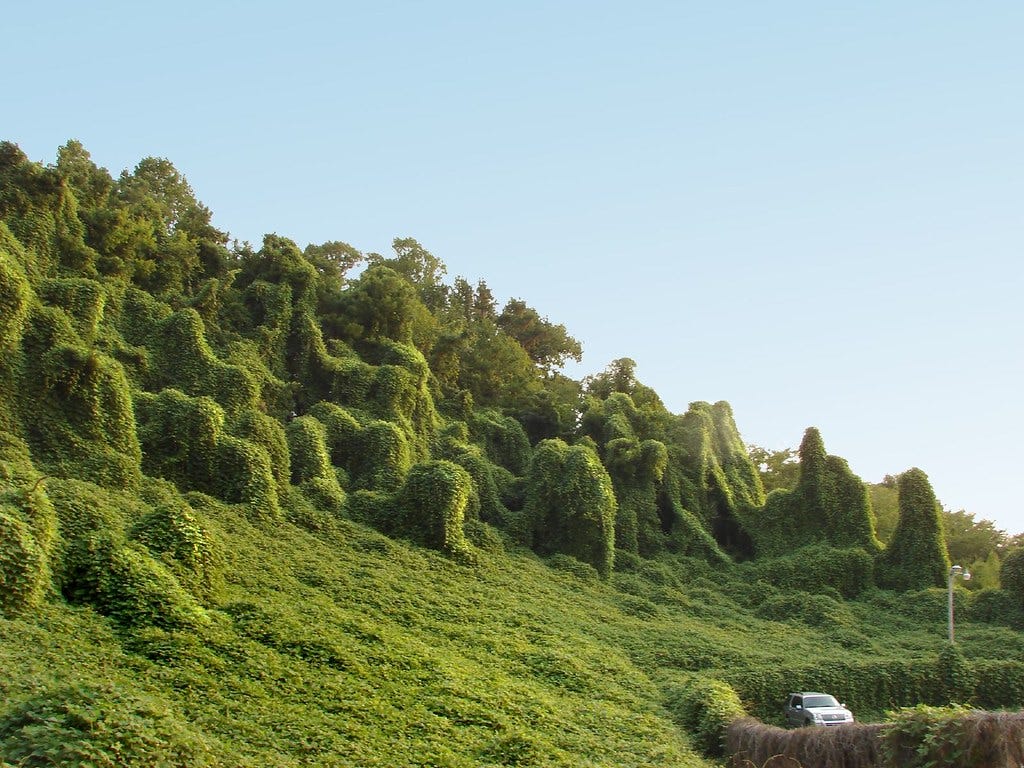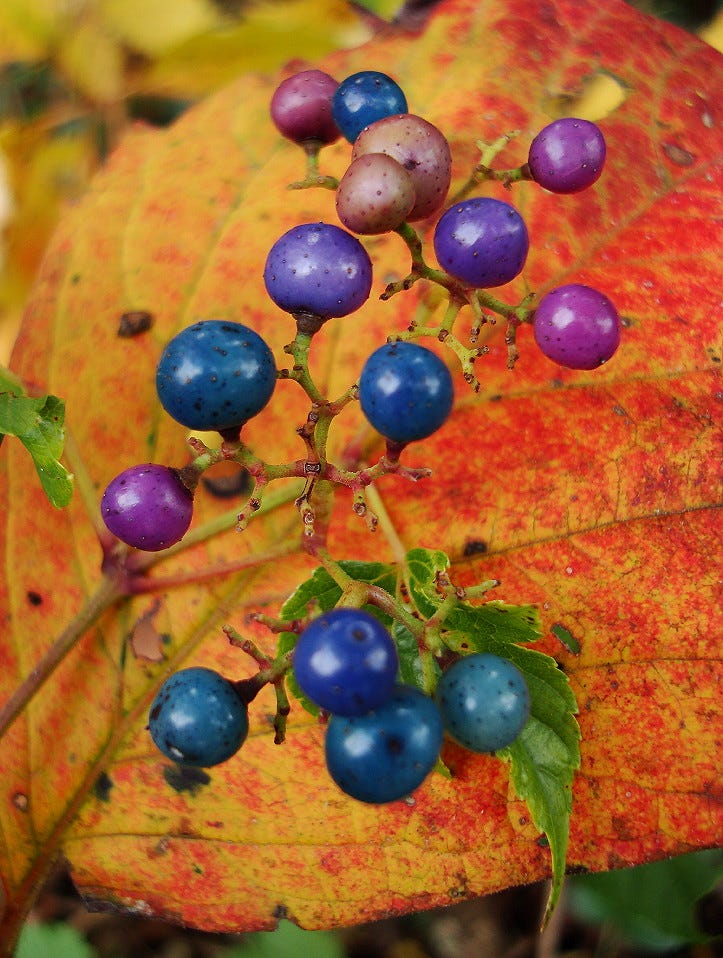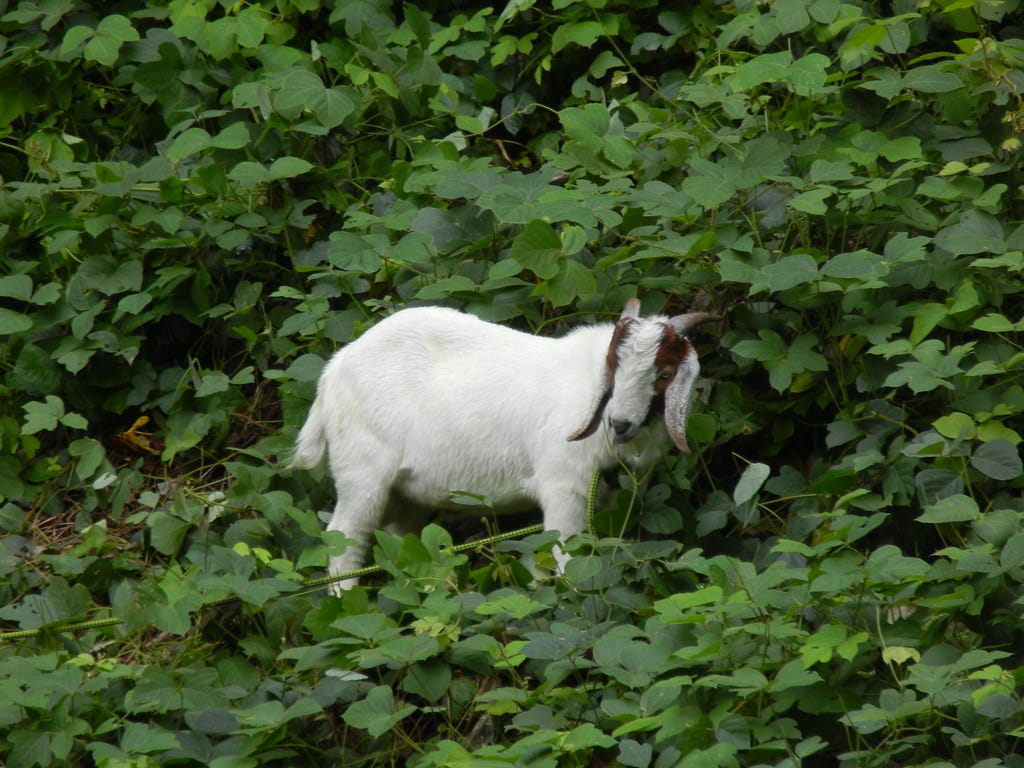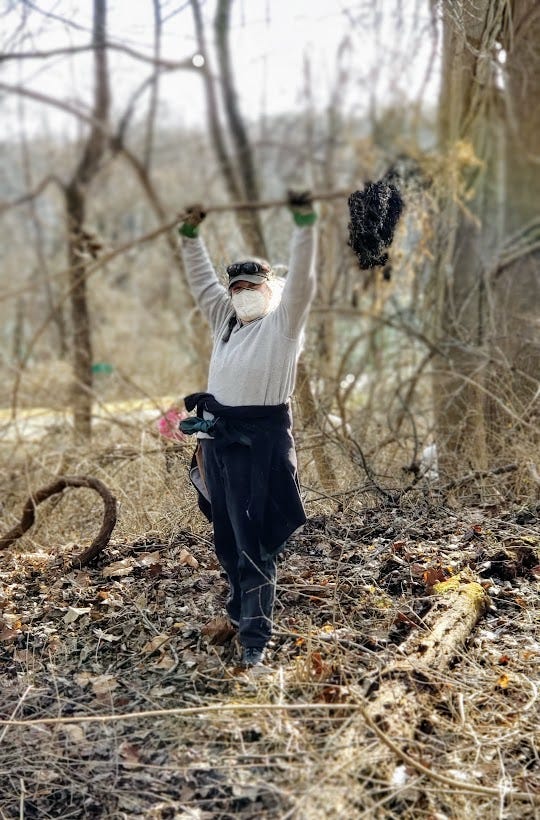Foreward
I’m still wrestling with my conscience about writing on topics other than the Kremlin’s unprovoked and barbaric attack on Ukraine. To do so feels irresponsible and somehow disloyal.
My friend Jennie seemed to have intuited what was needed, though, when she shared this blog post by Molly Davis. The gist is that we should think of our engagement with the world as a set of concentric circles. The outer ring houses the big issues that keep us up at night, but over which we have no control (e.g., unprovoked and barbaric wars, systemic racism, anti-LGBTQ laws, January 6, disinformation, book banning, climate change…just to skim the surface for me). This is our circle of concern. Inside the next ring are the issues and people we care about AND on which we can have some impact. This is our circle of influence. Finally, in the center, there’s our circle of control – which boils down to our own personal values, words and actions. Tempting though it may be to doomscroll helplessly in the circle of concern, we’re much better off investing our energies in our circles of control and influence.
Two of the things within my circle of control are donating to worthy Ukrainian causes* and doing my part to restore biodiversity, a challenge that loses none of its importance when another urgent crisis arises. Encouraging others to do the same is within my circle of influence. So this post you’re reading is me trying to reframe my fears and distress constructively. Effectiveness TBD.
What You Take Out of Your Garden: Just as Important as What You Put In It?
If your goal is to create a healthy, balanced landscape capable of providing the ecosystem services that support human life, then removing invasive species is Job One.
What Is an Invasive Plant?
To review, a native plant is one that has evolved over hundreds or thousands of years in a particular region or ecosystem. Native plants and animals that have evolved together often depend on one another for survival and reproduction. A non-native plant is one that evolved in another part of the world and was introduced to a new place with human help, either intentionally or accidentally. An invasive plant is a non-native species that evolved in another part of the world and is capable of spreading rapidly, causing ecological or economic harm, or threatening human health. Note that not all non-natives are invasive. However, it’s not always possible to tell upfront which non-native plants might develop invasive qualities over time.
Many invasive species were introduced precisely because of their invasive qualities, although the consequences were not necessarily understood at the time. They’re pest-resistant! (Translation: they have no local predators and thus nothing to keep them in check.) They grow and reproduce so quickly! (Translation: they will overtake and snuff out any pre-existing plants in their path.) They’re green for most of the year! (Translation: they leaf out sooner or longer than local plants that go dormant in the winter, thus preventing photosynthesis and growth of anything around them.)
If you’ve spent any time in the southern or mid-Atlantic US, you’ve been introduced to kudzu, also known as “the vine that ate the South.” Kudzu is native to Japan and southeast China where, as far as I know, it behaves perfectly politely. It was first brought to the US in 1876 and admired for its aromatic blooms and sturdy vines. During the 1930s and 1940s, the Soil Conservation Service actually paid southern farmers to plant it as a form of erosion control. (Pest-resistant! Grows so fast!) Eighty years later, it has become an uncontrollable menace.

Also, bear in mind that just because an invasive plant in your yard doesn’t look like it’s on a kudzu-like March to the Sea, don’t be so sure the wind, birds, or other animals aren’t spreading it far beyond your picket fence while you’re not looking.
Why Does This Matter?
In addition to outcompeting native species for resources, invasive plants can change the food web by destroying native food sources, or replacing them with foods that have little or no value for local fauna. They can reduce the diversity of species in an area to the point of creating a monoculture (see the pic of kudzu, above). Some invasive species are even capable of changing soil chemistry or the intensity of wildfires – to the disadvantage of local plants and animals.
Right behind habitat destruction, and intensified by global climate change, invasive species are a leading cause of environmental despoliation and loss of biological diversity worldwide. As invasive species spread, they replace native plants and alter natural habitats, with disastrous consequences for the other plants and animals that depend on them. A 2001 study (more than 20 years ago!) estimated that damage from invasive species worldwide totaled more than $1.4 trillion per year, representing five percent of the global economy. Forty-two percent of the native species listed as endangered got there thanks to encroachment from invasives. The U.S. Forest Service estimates that invasive plants can be found on 133 million acres — as much land as California and New York combined – and every year, they claim about 1.7 million more acres.
In short, invasives disrupt the balanced ecosystems that provide clean air and water, create fertile soils, store carbon, manage flooding, pollinate plants, control pests and otherwise keep us humans healthy and, well…alive.
What Can I Do?
Luckily for us, there are initiatives around the world to protect and restore those ecosystem services by regenerating biodiversity. Your own backyard can be one of them! But frankly, there’s no point in reintroducing a lot of local plants to a space if they’ll just get smothered by any invasives lurking nearby. That’s why eliminating invasives has to be the first step. Here’s how.
#1: Don’t buy or plant invasives.
Remarkably, if you go to your local garden center, you’re likely to find plenty of invasive plants for sale. That field of Vinca minor (periwinkle) that I’m now scheming to pull out of my yard? I obliviously paid good money for it a few years back at the friendly nursery right down the street. (Spreads so quickly!)
So unfortunately, you need to find out for yourself what’s considered invasive in your neck of the woods. And just to make things more complicated, what’s a noxious spreader in Altadena, CA may be perfectly docile in Shaker Heights, OH. As far as I know, the closest thing to a centralized list for this country is the Invasive Plant Atlas of the U.S. Beyond that, your local native plant society or university extension will be the best resources. A quick Google search may get you well on your way. Many (maybe all?) states maintain lists of problematic species and/or ban sales of particularly pernicious ones. My sense is that these state lists tend to be short, though, because officials are concerned about adverse impacts on the nursery industry’s bottom line.
When I joined my local chapter of Wild Ones (which I recommend, btw), they sent me a helpful booklet called Plant Invaders of the Mid-Atlantic Natural Areas. Many of the plants it names-and-shames are ones I see regularly in my neighborhood or (ahem) my own yard. These include common daylilies, Amur honeysuckle, privet, winged burning bush, English ivy, porcelainberry, and the aforementioned periwinkle. I assume many of them are still being sold around town.
The point is: once you know what’s invasive, Just Say No.

#2: Remove any invasives you already have.
This may be harder than it sounds. By definition, those buggers are tenacious. Repetition and vigilance are required. At their most basic, the control options involve pulling plants out of the ground, mowing them down, or treating them with herbicides. I’ve also heard that goats are sometimes called into service. Such a deal: invasive removal plus entertainment in one package! The use of herbicides is controversial, since they can be toxic to nontarget plants and the wildlife that feeds on them. If chemicals are used at all, it should be as a last resort and they should be applied in the way that will cause the least collateral damage.

#3: Volunteer to remove invasives from public places.
Many of our national, state and local parks are threatened, or already overrun, by invasive species that have escaped from our yards. If those spaces become monocultures, there will be little there left to enjoy, much less ecosystem services to benefit us. So it’s in our interest to help dig them out from the invaders. Various towns, counties and nonprofits have volunteer programs for this purpose. I’m currently working on my certification as a Montgomery County, MD Weed Warrior. Fairfax County, VA has its Invasive Management Area Program. The Alliance for the Chesapeake Bay deploys Riparian Rangers in MD and PA. Are there projects like this where you live? They’re a great way to do good while getting to know your local environmental community and learning about best practices for controlling invasives.
Here’s to a spring where invasive plants and human invaders alike are eradicated.
*If you’d like to support Ukrainians who are defending their homeland as well as our own deeply-held values, I have a couple of suggestions. As mentioned here, Razom is a respected Ukrainian civic group that has mobilized an extensive emergency response initiative. In addition, I have great respect for Jose Andres’ World Central Kitchen, which is feeding refugees in Western Ukraine and Poland.
Resources
“Kudzu: the Invasive Vine that Ate the South,” Nature Conservancy, August 9, 2019.
“Invasive Species,” National Wildlife Federation.
“Invasive, Non-Native Species,” U.S. Environmental Protection Agency.
“Forest Service National Strategic Framework for Invasive Species Management,” U.S. Department of Agriculture.
Jil Swearingen, et al., Plant Invaders of the Mid-Atlantic Natural Areas, 4th edition, National Park Service, U.S. Fish and wildlife Service, 2010.





Excellent piece of writing this week Lolly and thx for all of the good ideas!
May I recommend that you eat your way through all the garlic mustard you can find? Raw or cooked…